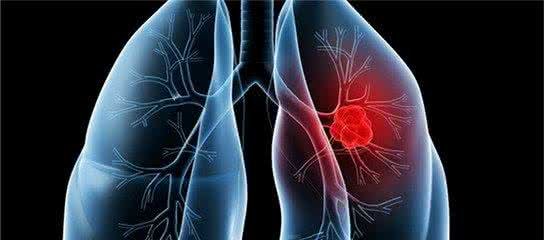Treatment principle of hysteromyoma
summary
Women suffering from uterine fibroids is a very painful thing, so what are the treatment principles of uterine fibroids? Next, I will share with you the treatment principles of uterine fibroids.
Treatment principle of hysteromyoma
First: expectant treatment. Expectant treatment has its unique advantages and is accepted by more and more people. Expectant treatment is mainly suitable for those who are less than 12 weeks pregnant and asymptomatic, especially for women near menopause. They should be reexamined every 3-6 months. During the follow-up period, attention should be paid to whether the uterus is enlarged and whether the symptoms appear. B-ultrasound reexamination is necessary. Otherwise, surgical treatment can be used at any time. It has been reported in the literature that as long as there is enough high-resolution ultrasound or MRI for follow-up, even myomas larger than 12 weeks of gestation can choose expectant therapy.

Second: drug therapy drug therapy is an important measure for the treatment of fibroids, drug therapy can be considered: 1. Uterine fibroids less than 2-2.5 months of pregnancy, mild symptoms, near menopausal age; 2. Large fibroids and require to retain reproductive function, avoid too large uterus, too much incision; 3. Fibroids caused by menorrhagia, anemia, etc. can consider surgery, But the patient is not willing to surgery, aged 45-50 years old women; 4. Larger fibroids prepared by vaginal or laparoscopic, hysteroscopic surgery; 5. Before hysterectomy to correct anemia, avoid intraoperative blood transfusion and the resulting complications; 6. Fibroids with infertility medication to reduce fibroids, create conditions for pregnancy; 7. Medical complications and can not be operated It's a good idea. The contraindications are: 1. The growth of myoma is fast and malignant transformation cannot be ruled out; 2. The degeneration of myoma cannot be ruled out; 3. The symptoms of submucosal myoma are obvious and affect pregnancy; 4. The torsion of subserosal myoma occurs; 5. The obvious compression symptoms caused by myoma or pelvic incarceration of myoma cannot be reset.

Third: surgery is still the main treatment for myoma. 1. Transabdominal hysterectomy: it is suitable for patients who have no fertility requirements, uterus size ≥ 12 weeks of pregnancy, menorrhagia with hemorrhagic anemia, rapid growth of leiomyoma, bladder or rectum compression symptoms, failure of conservative treatment or recurrence after myomectomy, and tumor size or severe symptoms. 2. Transvaginal hysterectomy: it is suitable for those who have no pelvic adhesions, inflammation and adnexa mass; those who have no abdominal scar or some abdominal obesity; the volume of uterus and myoma is not more than 3 months of gestation; those who have uterine prolapse can also have transvaginal hysterectomy and pelvic floor reconstruction; those who have no previous pelvic surgery history and do not need to explore or remove adnexa; myoma with diabetes mellitus Urinary disease, hypertension, coronary heart disease, obesity and other medical complications can not tolerate open surgery. 3. Hysteromyomectomy: if the cervicovaginal myoma is too large, which makes the operation difficult, the operation should be performed as early as possible (transvaginal); the larger myoma produces compression symptoms, which oppresses the rectum, ureter or bladder; the myoma grows rapidly, which is suspected of malignant transformation; young patients need to retain the reproductive function, and the myomectomy is feasible, otherwise the hysterectomy is performed.

matters needing attention
For the treatment of uterine fibroids, we must understand the principles, but every reason deserves our attention. Abnormal uterine development, if not cause clinical symptoms, can not be treated.
















